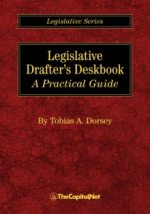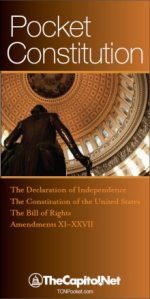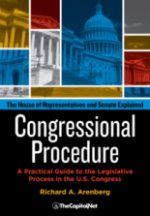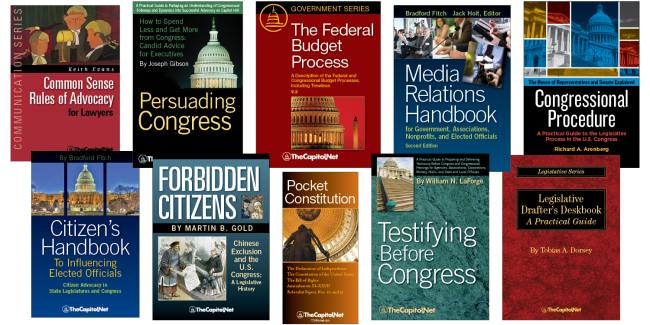From the Congressional Glossary – Including Legislative and Budget Terms
Calendar of Business
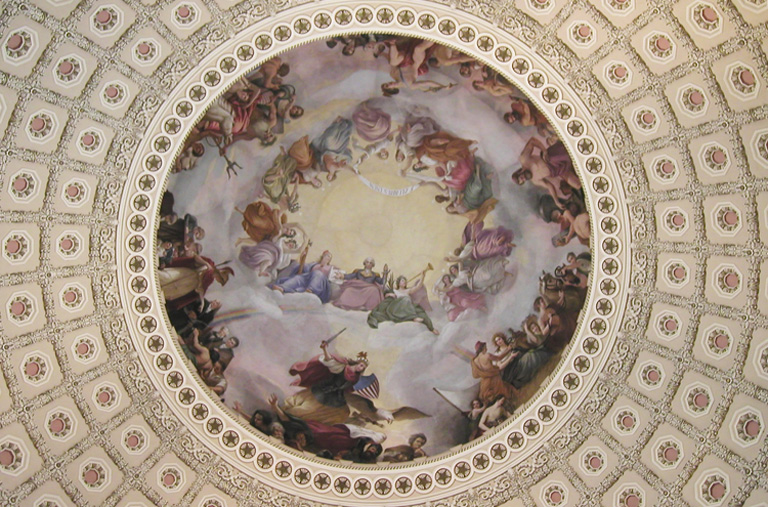
An agenda or list of business eligible for floor consideration. Each chamber decides which measures are discussed, and in what order, in accordance with its rules and practices.
The Senate has two calendars, the Executive Calendar for treaties and nominations, and the Calendar of Business for bills, resolutions, and other items of legislative business. The Senate Calendar of Business is sent to each senator’s office (and other offices) every day the Senate is in session. It contains information about measures reported from the various standing committees, bills in conference, and the status of appropriation bills. The Senate Calendar of Business is prepared under the direction of the Secretary of the Senate by the Legislative Clerk. It is updated each day the Senate is in session.
Congress.gov: Calendars and Scheduling
The House of Representatives has four calendars of business: the Union Calendar, the House Calendar, the Private Calendar, and the Calendar of Motions to Discharge Committees. The House calendars, together with a listing of all bills introduced and a history of all bills reported out of committee in the current Congress, are printed each day the House is in session to provide information on the status of pending legislation.
The House Calendar contains a history of both House and Senate bills and resolutions that have been reported or considered by either house. In addition, the issue for the first legislative day of each week that the House is in session includes a legislative history of bills through conference, an index of short titles, an index of major subject headings, and an alphabetical index. If Congress is not in session on a Monday, these sections will be printed on either the prior Friday or the next day that the House is in session.
When a public bill is favorably reported by all committees to which referred, it is assigned a calendar number on either the Union Calendar or the House Calendar, the two principal calendars of business. The calendar number is printed on the first page of the bill and, in certain instances, is printed also on the back page. In the case of a bill that was referred to multiple committees, the calendar number is printed only on the bill as reported by the last committee to consider it.
The House Consensus Calendar was established in the 116th Congress (2019-2020) in clause 1 of House Rule XIII and clause 7 of House Rule XV. The Consensus Calendar provides an alternative route to the floor for certain unreported House bills and resolutions that enjoy broad bipartisan support. Pursuant to Rule XV, the House is to consider at least one measure listed on the calendar during every week that it convenes, except during the first and last weeks of a Congress. In order to be placed on the Consensus Calendar, a House-originated measure must (1) not have been reported by its committee of primary jurisdiction, (2) have accumulated at least 290 cosponsors, (3) have been subject to a motion to place the measure on the Consensus Calendar filed by the measure’s sponsor, and (4) have maintained at least 290 cosponsors for a cumulative total of 25 legislative days following the filing of the motion.
Once a measure has accumulated 290 cosponsors, the measure’s sponsoring Member may file a written motion with the Clerk of the House asking that the measure be placed on the calendar. This is done by submitting a Consensus Calendar form to the House Tally Clerk when the House is in session.
If the committee of primary jurisdiction reports the measure after the motion is filed but before the measure is placed on the Consensus Calendar, the motion is considered as withdrawn. Likewise, if the primary committee reports the measure after its placement on the calendar, the measure is to be removed. Thus, a committee may report a bill to prevent it from being placed on the calendar or to remove it from the calendar.
After a measure is assigned to the Consensus Calendar, it may be designated for consideration by the Speaker. The House then calls up the measure on the floor using the same parliamentary procedures used to process non-Consensus Calendar measures—that is, under the suspension of the rules procedure, under the terms of a special rule reported by the Rules Committee and agreed to by the House, or via a unanimous consent request.:
The Calendars of the House of Representatives and History of Legislation is prepared under the direction of the Clerk of the House by the Office of Legislative Operations. It is published daily by 8 am when the House is in session.
The Congressional Calendars are available online at Congressional Calendars at Govinfo.gov and at Congress.gov.
Also see
- Calendar of Motions to Discharge Committees
- Private Calendar
- Union Calendar
- § 6.71, House Calendars, and § 6.180, Senate Calendars and Legislative and Executive Business before the Senate, in Congressional Deskbook
- Chapter 4.B., Scheduling of Legislation; Chapter 4.E. Privileged Business; Chapter 5. C. Senate Calendars; Chapter 5.L. Calendar Days and Legislative Days; Chapter 8.K. Senate Morning Business; in Congressional Procedure
More
- Congressional Schedules – HobnobBlog
- Calendars and Schedules, Congress.gov
- Senate Floor Schedule and Calendar
- House of Representatives Schedule
- Congressional Calendars – Govinfo.gov
- “The Senate’s Calendar of Business,” CRS Report 98-429 (6-page PDF
 )
) - “Secretary of the Senate,” CRS Report 98-747 (8-page PDF
 )
) - “The House Consensus Calendar: Principal Features and Practice in the 117th Congress (2021-2022),” CRS Report R47625 (16-page PDF
 )
) - “House and Senate Rules of Procedure: A Comparison,” CRS Report RL30945 (19-page PDF
 )
) - “How Legislation Is Brought to the House Floor: A Snapshot of Recent Parliamentary Practice,” CRS Report R40829 (16-page PDF
 )
) - “How Measures Are Brought to the Senate Floor: A Brief Introduction,” CRS Report RS20668 (10-page PDF
 )
) - “The First Day of a New Congress: A Guide to Proceedings on the Senate Floor,” CRS Report RS20722 (14-page PDF
 )
) - “Introduction to the Legislative Process in the U.S. Congress,” CRS Report R42843 (18-page PDF
 )
) - “Guide to Committee Activity Reports: Purpose, Rules, and Contents,” CRS Report R45104 (24-page PDF
 )
) - “The House Consensus Calendar: Establishment, Principal Features, and Practice in the 116th Congress (2019-2020),” CRS Report R46485 (19-page PDF
 )
)
Courses
- Congressional Operations Briefing – Capitol Hill Workshop
- Drafting Federal Legislation and Amendments
- Writing for Government and Business: Critical Thinking and Writing
- Custom Training
- Drafting Effective Federal Legislation and Amendments in a Nutshell, Audio Course on CD
- Congress, the Legislative Process, and the Fundamentals of Lawmaking Series, a Nine-Course series on CD
Publications
CongressionalGlossary.com, from TheCapitol.Net
For more than 40 years, TheCapitol.Net and its predecessor, Congressional Quarterly Executive Conferences, have been teaching professionals from government, military, business, and NGOs about the dynamics and operations of the legislative and executive branches and how to work with them.
Our custom on-site and online training, publications, and audio courses include congressional operations, legislative and budget process, communication and advocacy, media and public relations, testifying before Congress, research skills, legislative drafting, critical thinking and writing, and more.
TheCapitol.Net is on the GSA Schedule, MAS, for custom on-site and online training. GSA Contract GS02F0192X
TheCapitol.Net is now owned by the Sunwater Institute.
Teaching how Washington and Congress work ™

